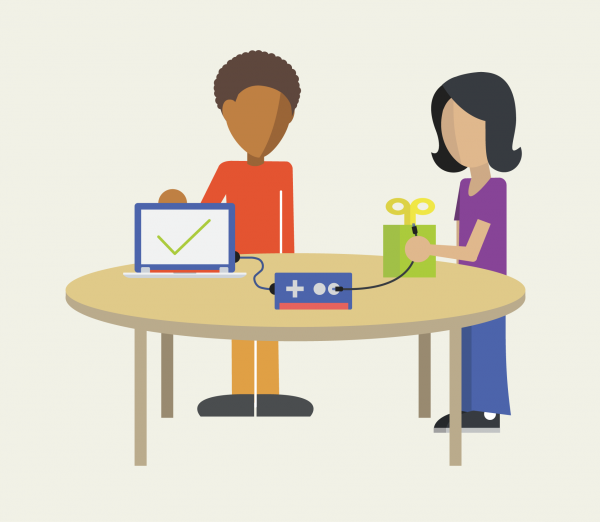
Tools/Materials Required: Computer with internet access, arts and crafts supplies optional (for handmade posters)
Depth of Knowledge: Strategic Thinking
Teacher’s notes are in purple. For the student’s version, see Data to Make a Difference Student Guide.
At the heart of data is numbers. Being able to measure and quantify things is critically important to working with data. But it doesn’t stop there: communicating with data usually requires going beyond numbers in order to convey their meaning.
In this project, you will gather and analyze data about an issue that you care about, and then visualize that data as part of a campaign to inform other people about the issue and take action to address it.
To get started, explore data visualizations from around the web for inspiration on how data can translate into meaningful images:
Practice gathering and analyzing data with the Data Hunting project.
Develop your skills communicating with images with the One Thousand Words project.
Try making an interactive visualization that uses live data from a website. Follow the tutorials on NetsBlox to get started.
In many ways, this project is a combination of the projects in the first two practice activities above. Encourage students to spend time with both Data Hunting and One Thousand Words — or to work in teams in which students have done them — to be prepared to get the most out of this project.
How can you use data to make a difference? In this project you will launch a campaign that is based in data to bring about change.
Identify a cause
What’s an issue in your community that you would like to address? For example: do you believe your school cafeteria produces a lot of food waste? Do you believe your classmates do not recycle as regularly as they could?
Whatever the cause, encourage students to focus on something that is immediately accessible to them (so that they can gather data) and something that would be appropriate for a public campaign (so that they might freely share the data visualizations they create).
Gather and analyze data
Collect information about the issue and quantify it. Can you measure how many pounds of food is wasted every week? Can you measure how much more your peers could be recycling than they currently do?
Once you gather this information, analyze the key points that stand out. What would you like other people to know about this data? What parts of the data might persuade them to take action and address the issue?
Launch your campaign
Create an infographic, poster, or media campaign that visualizes the most important parts of the data you have gathered and analyzed. Start a campaign to inform your peers about the issue and invite them to take action!
Particularly strong campaigns may reach beyond your classroom walls. For example, if students are pursuing a topic that is relevant to the school or local community, perhaps their posters could become part of a broader advocacy effort.
Produced by Digital Promise Global, with thanks to the Open Educational Resources listed throughout this guide. Distributed to Learning Studios schools as part of HP, Inc. and Microsoft’s Reinvent the Classroom.
This work is licensed under a Creative Commons Attribution-ShareAlike 4.0 International License. You may share this project or modified versions of it under this same license.